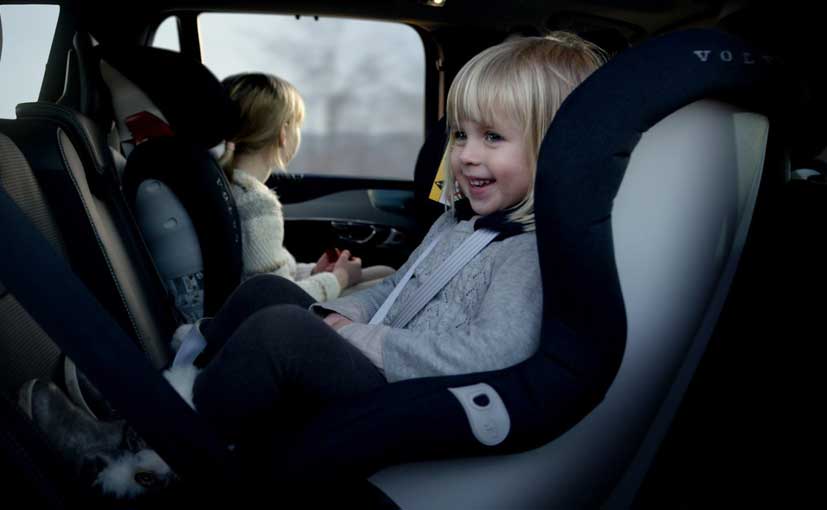Tesla Seeks Approval For Sensor That Could Detect Child Left In Hot Cars

Highlights
Tesla Inc. asked the Federal Communications Commission (FCC) for approval to market a short-range interactive motion-sensing device that could help prevent children from being left behind in hot cars and boost theft-prevention systems. The California automaker wants permission to use unlicensed millimeter-wave sensors that would operate at higher power levels than allowed under existing rules.
Also Read: Elon Musk Tweets Tesla Will Achieve Full Self-Driving Capabilities Thanks To The Dojo Supercomputer
Tesla's device would utilize four transmit and three receive antennas driven by a radar front-end unit. Tesla says millimeter wave radar technology has advantages over other sensing systems like camera-based or in-seat occupant detection systems.
The radar-based system "provides depth perception and can 'see' through soft materials, such as a blanket covering a child in a child restraint."
Also Read: Elon Musk Is Open To Sharing Tesla EV Technology With Competitors

The short-range interactive motion-sensing device could help prevent children from being left behind in hot cars
Tesla added it "can differentiate between a child and an object left on the seat, reducing the likelihood of false alarms" and can detect "micromovements like breathing patterns and heart rates, neither of which can be captured by cameras or in-seat sensors alone."
Radar imaging, Tesla adds, can assess body size to optimize airbag deployment in a crash depending on whether an adult or child is seated, which it says would be more effective than existing weight-based, in-seat sensor systems.
Also Read: Here's How Tesla's Cybertruck Saved A Woman's Life
It would also more accurately determine when to engage seat belt reminders.
The FCC is seeking public comment on Tesla's request through Sept. 21.
Tesla notes the FCC in 2018 granted a similar request for a device of Alphabet Inc's Google that works under identical operating parameters.
Valeo North America submitted a request in March to the FCC for its in-vehicle safety-related monitoring device that would also detect children in cars. The request is pending.
The National Highway Traffic Safety Administration says more than 50 children died when left behind in hot cars in both 2019 and 2018. Of those incidents, 54% occurred because someone forgot a child.
Last Updated on August 21, 2020
Related Articles
Latest News
- Home
- News
- Technology
- Tesla Seeks Approval For Sensor That Could Detect Child Left In Hot Cars














